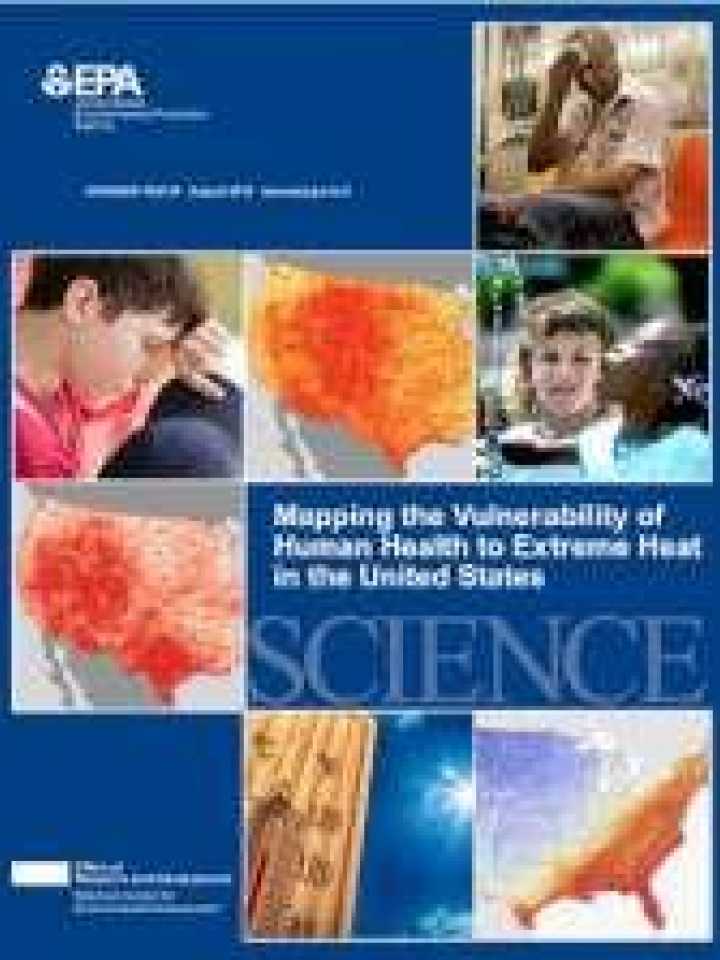Mapping the vulnerability of human health to extreme heat in the United States (Final Report)
This report was designed to inform state and local health departments, community planners, emergency preparedness professionals, and other stakeholders, as they prepare maps that convey useful knowledge on exposure to extreme heat while helping to identify and implement effective adaptation strategies.
Spatial analyses of vulnerable locations and populations – such as people in urban areas susceptible to heat waves – have led to the utilization of maps to depict the vulnerability of populations to weather extremes.
The U.S. Environmental Protection Agency is exploring challenges associated with mapping the vulnerability of human health to hazards associated with extreme heat, especially the lack of agreement regarding methodologies and analytic approaches that have, at times, been based on convenience or familiarity as opposed to efficacy or comparability. One-on-one interviews were conducted with a group of 11 subject matter experts (SMEs) from government and academia. The interviews addressed issues related to vulnerability mapping, including methodologies; accessibility and usability of data; issues of timeframe and geographic scale; addressing uncertainty; and using maps as communication and visualization tools. Following their interviews, the SMEs gathered in a workshop and a report was prepared that summarized their responses and identified approaches for conducting assessments of vulnerability and creating and using maps.
Explore further
